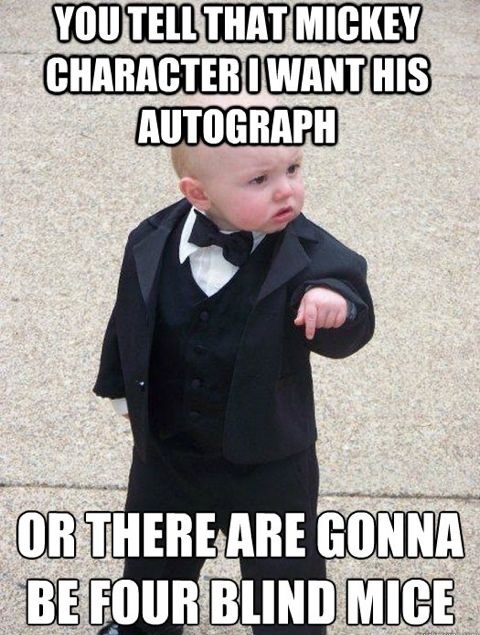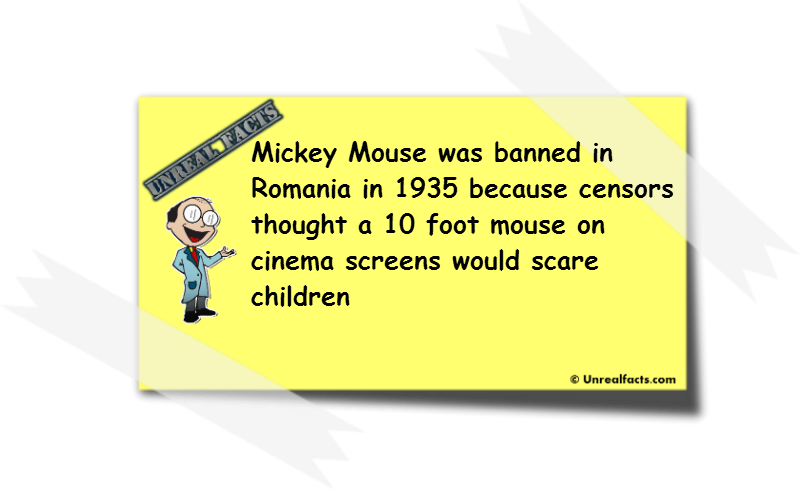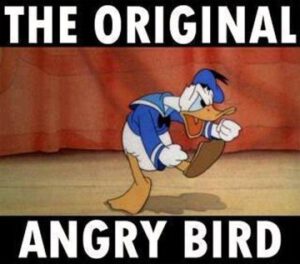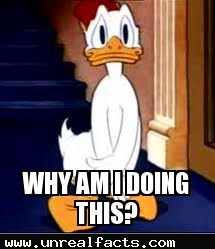 Oh my God, Mickey Mouse was banned in Romania in 1935. Unlike the myth about the ban that Donald Duck faced in Finland due to a lack of adequate clothing, this particular boycott was based upon the welfare of children. Once you know the reason however, you’ll be left scratching your head.
Oh my God, Mickey Mouse was banned in Romania in 1935. Unlike the myth about the ban that Donald Duck faced in Finland due to a lack of adequate clothing, this particular boycott was based upon the welfare of children. Once you know the reason however, you’ll be left scratching your head.
Let’s face it. Mickey Mouse is hardly the most dangerous character to appear on the big screen. He didn’t really exhibit any real negative traits that would warrant being banned. He wore pants, unlike Donald Duck, and had a relatively stable temper. So why was Mickey Mouse banned in Romania? Mickey Mouse was banned in Romania because the authorities thought that a ten foot talking mouse on cinema screens would scare small children. Seriously. That was their reason. Obviously it proved to be a pointless ban as he has remained a favorite Disney character since his creation.
Now, this embargo on Mickey obviously seems a little odd. But he nearly faced a similar fate in another European country during the same period. One episode of Mickey Mouse was banned in Germany in 1930. This movie was prohibited because the censors felt that it would exhibit anti-German sentiment. Later on in Germany,Mickey Mouse faced criticism from fascist party supporters, but never faced a ban.
Things in Italy were even weirder. With the rise of fascism in Italy, Mussolini banned all foreign children’s literature, except for Mickey Mouse. The government maintained that the reason Mickey, and only Mickey was saved from the censors was because they “acknowledged the artistic merit” of Disney’s work. But the reality was something completely different. It turned out that Mussolini’s children were massive fans of Mickey, and that managed to save him from the Italian censors until 1942 when Italy entered the war on the wrong side of history. So even though Mickey managed to get on the wrong side of the censors in some European countries, Mickey Mouse was only ever really banned in Romania.








